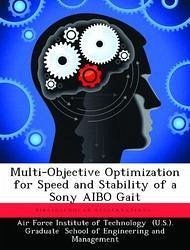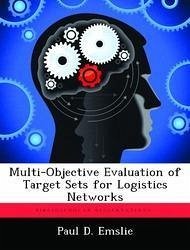Nicht lieferbar

Multi-Objective Constraint Satisfaction for Mobile Robot Area Defense
Versandkostenfrei!
Nicht lieferbar
In developing multi-robot cooperative systems, there are often competing objectives that need to be met. For example in automating area defense systems, multiple robots must work together to explore the entire area, and maintain consistent communications to alert the other agents and ensure trust in the system. This research presents an algorithm that tasks robots to meet the two specific goals of exploration and communication maintenance in an uncoordinated environment reducing the need for a user to pre-balance the objectives. This multi-objective problem is defined as a constraint satisfact...
In developing multi-robot cooperative systems, there are often competing objectives that need to be met. For example in automating area defense systems, multiple robots must work together to explore the entire area, and maintain consistent communications to alert the other agents and ensure trust in the system. This research presents an algorithm that tasks robots to meet the two specific goals of exploration and communication maintenance in an uncoordinated environment reducing the need for a user to pre-balance the objectives. This multi-objective problem is defined as a constraint satisfaction problem solved using the Non-dominated Sorting Genetic Algorithm II (NSGA-II). Applying the algorithm to the area defense problem, results show exploration and communication without coordination are two diametrically opposed goals, in which one may be favored, but only at the expense of the other. This work also presents suggestions for anyone looking to take further steps in developing a physically grounded solution to this area defense problem.









